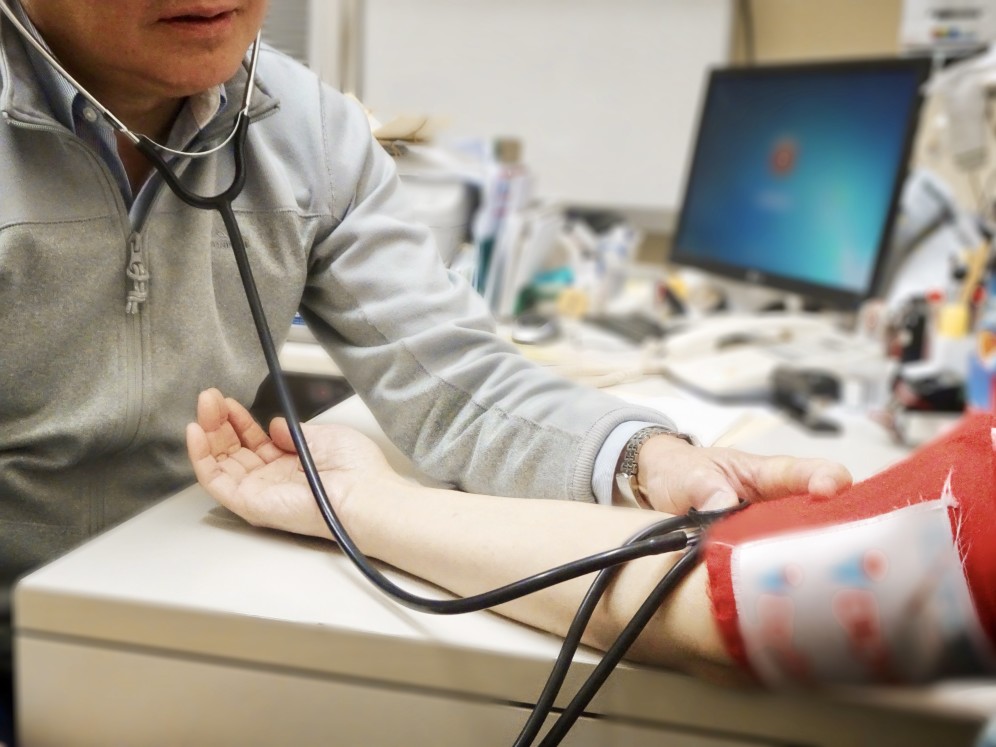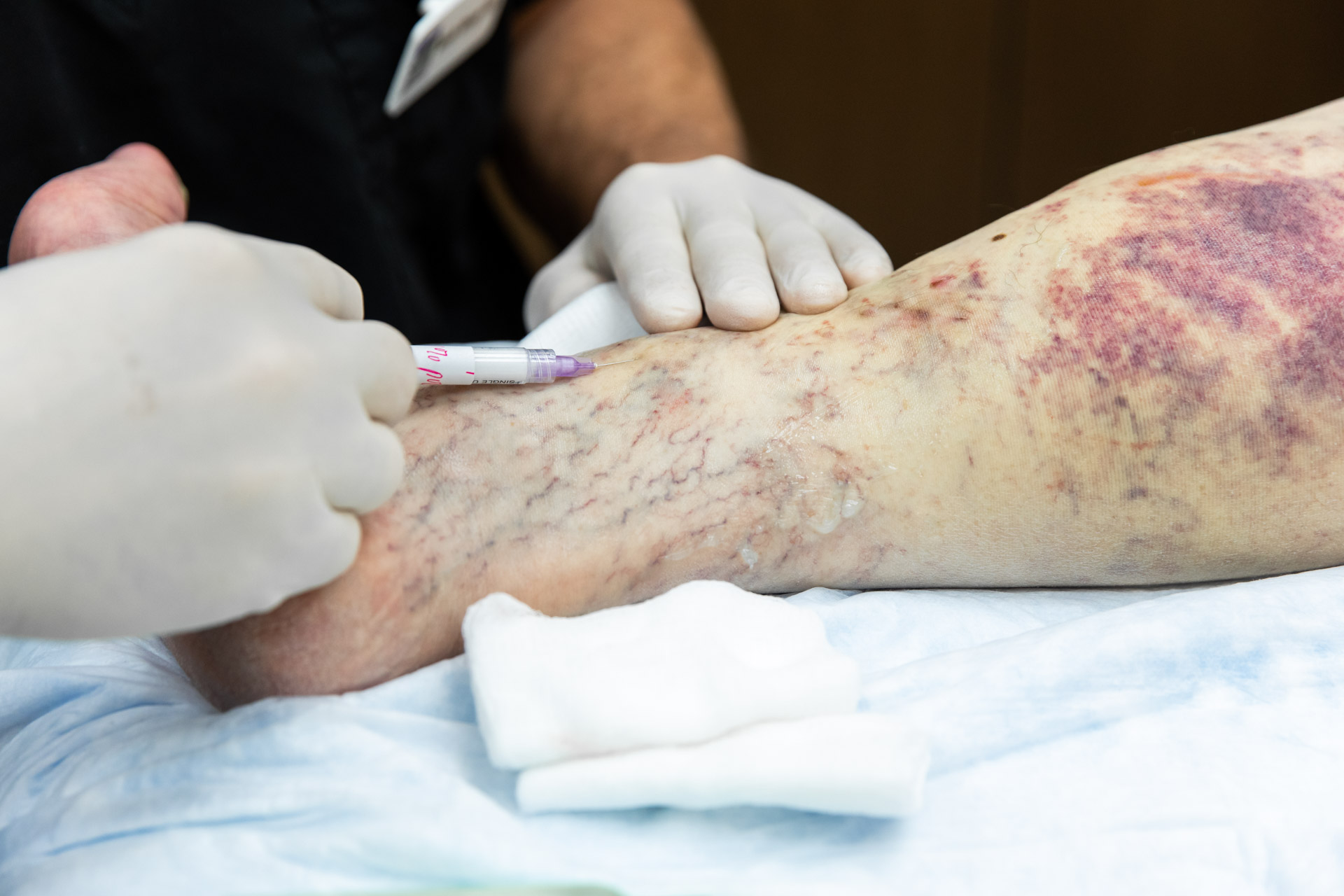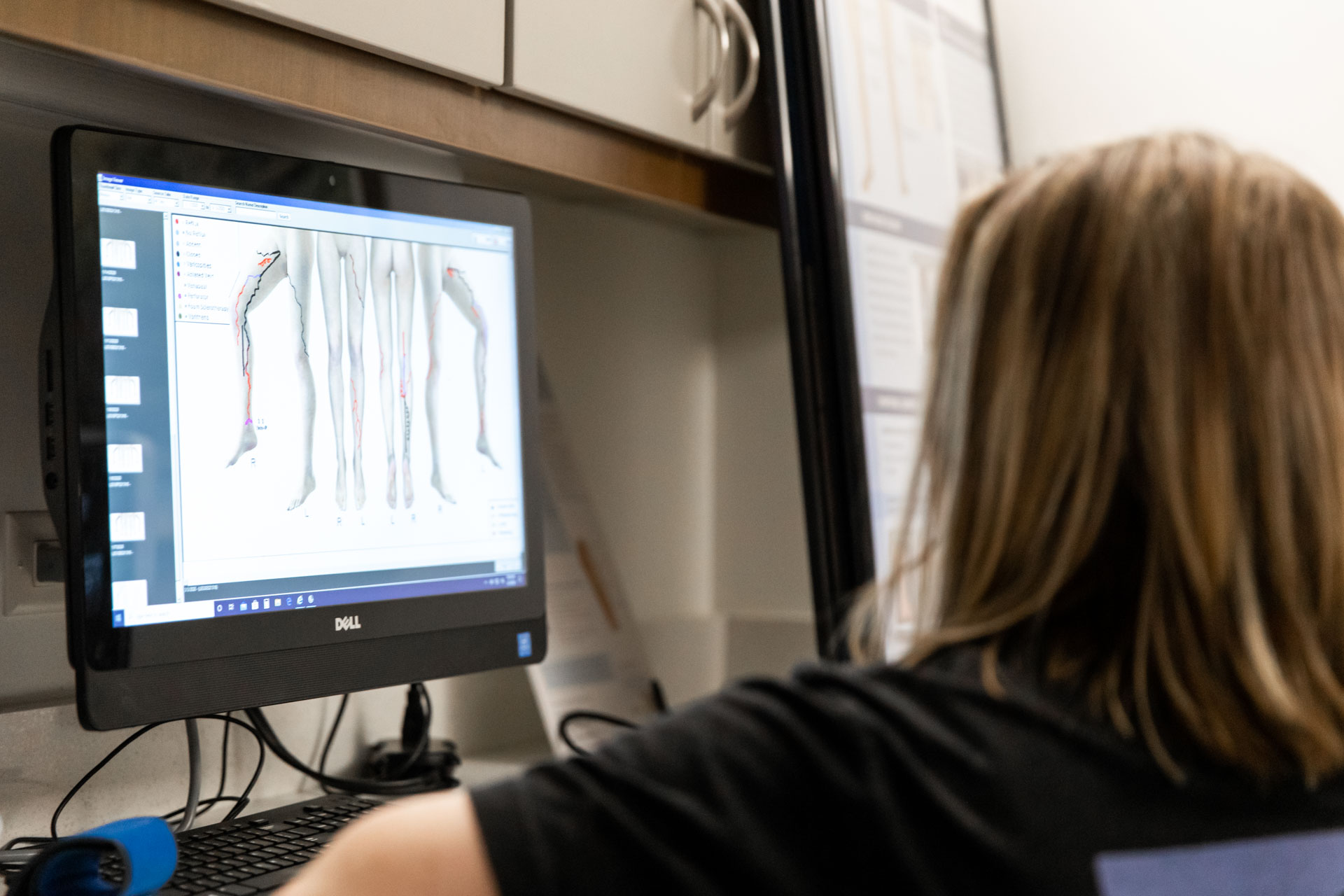One of the most important parts of treating DVT is identifying the condition early. Unfortunately, that’s not always easy to do. That’s where you can turn to experts like the team at Ozark Regional Vein & Artery Center. However, if you’re working with vein care experts, there are still common symptoms you can look out for.
For patients looking to take a more active role in their vascular care here are 5 main DVT symptoms in Rogers that we see. No matter your symptoms, we can work with you to provide the treatment and care you need.
What are the symptoms of deep vein thrombosis?
A deep vein thrombosis usually forms in the veins of your legs or arms. Many patients do not experience DVT symptoms in Rogers at all, but symptoms that do manifest are often mild and don’t raise concern immediately. This is why patients don’t always come in for DVT treatments in Rogers as quickly as they should. It’s not their fault; they just don’t know something is wrong until complications arise.

5 common DVT symptoms you should make sure to look out for:
- Pain or Swelling of your leg or arm
- The area of your leg or arm that’s swollen or hurts may be warmer than usual.
- Red or discolored skin
- The veins near your skin’s surface may be larger than normal.
- Severe headache (usually of sudden onset) and/or seizures (when blood clots affect the veins of your brain)
Some people don’t know they have a DVT until the clot moves from their leg or arm and travels to their lungs. Symptoms of acute PE include chest pain, shortness of breath, cough with blood, lightheadedness, and fainting.
It’s critical to call your doctor right away or go to the emergency room if you have symptoms of a DVT. Don’t wait to see if your symptoms go away.
Get any necessary critical healthcare treatments right away to prevent serious complications.
What is the danger of DVT?
Even though DVT itself is not life-threatening, the blood clots have the potential to break free and travel through your bloodstream. A pulmonary embolism (PE) happens when the traveling blood clots get lodged in your lung’s blood vessels. Since this can be a life-threatening condition, you need a quick diagnosis and treatment.
Individuals who contract DVT but do not receive DVT treatments in Rogers often experience leg pain and swelling. These symptoms happen because of damage to your veins’ valves and inner lining, leading to blood pooling more than it should. This increases the pressure inside your veins and causes pain and swelling.

Notable complications of DVT include:
- Pooling of blood
- Chronic leg swelling
- Increased pressure within your veins
- Increased pigmentation or discoloration of your skin
- Leg ulcers
Turn to the Ozark Regional Vein & Artery Center for DVT Care
If you’ve identified DVT symptoms in Rogers and are looking for care, come to the Ozark Regional Vein & Artery Center. Our experience and growing suite of care options allow us to guide you toward lasting wellness solutions for a happier, healthier life.
We are a premier practice in Northwest Arkansas for the highest-quality vein treatments. Dr. Haney, Dr. Stout, and the expert staff have over 500 years of combined experience in the industry. Patients come to Dr. Haney from all over Northernwestern Arkansas, from Fayetteville to Bentonville, to ensure they receive the best concierge-level care and leg vein procedures.
Take the first step on the road to recovery with our Virtual Vein & Artery Screening Quiz, or schedule a consultation!

